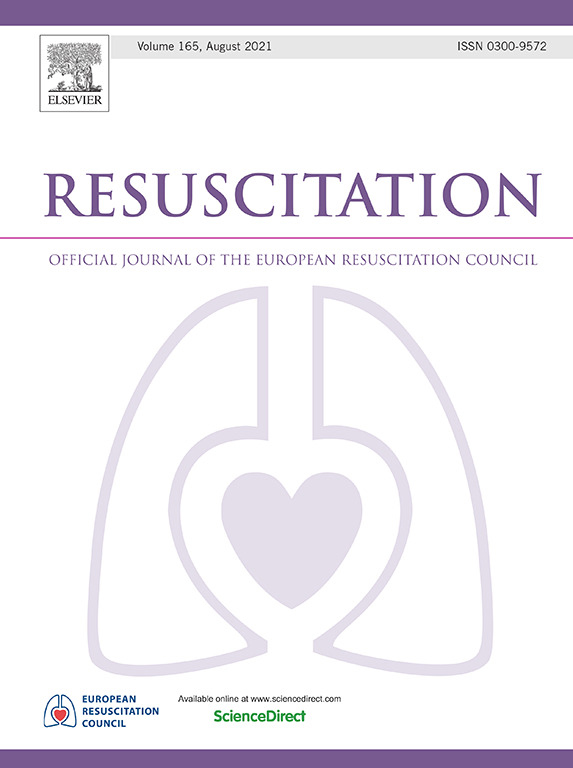Descriptive dataset analysis of a Survey on Currently applied Interventions in Neonatal resuscitation (SCIN)
IF 6.5
1区 医学
Q1 CRITICAL CARE MEDICINE
引用次数: 0
Abstract
Background
Each year, millions of neonates require supportive interventions in the delivery room (DR) during the transition from intrauterine to extrauterine life. Resuscitation guidelines are critical for healthcare providers managing these neonates and rely on current evidence of real-world DR management. However, data on the actual frequency of various supportive interventions are often limited, focused on single centers or outdated. This study aims to describe the current practice of neonatal resuscitation and support in the DR and to provide evidence for the development of clinical guidelines.
Methods
This prospective, international, multicenter observational study collected data from 68 hospitals in 19 countries over a 6-month period. Pre-defined supportive interventions administered to neonates of all gestational ages within the first 30 min of life were recorded. Additionally, structural hospital characteristics and patient characteristics of supported neonates were documented.
Results
Approximately 11.1% of the 74,183 neonates born during the observation period received relevant supportive interventions. The most common interventions were continuous positive airway pressure (CPAP), oxygen supplementation, and suctioning. Less common interventions included epinephrine administration, intraosseous access and laryngeal mask application. Intervention frequencies varied considerably between hospitals and countries.
Conclusions
This study provides comprehensive data on the use of supportive interventions in neonatal resuscitation from different countries around the world. The findings can inform the development of future resuscitation guidelines and training programs. In addition, the data highlight the need for improved dissemination of evidence-based practices to ensure consistent and optimal care for neonates in the DR.
求助全文
约1分钟内获得全文
求助全文
来源期刊

Resuscitation
医学-急救医学
CiteScore
12.00
自引率
18.50%
发文量
556
审稿时长
21 days
期刊介绍:
Resuscitation is a monthly international and interdisciplinary medical journal. The papers published deal with the aetiology, pathophysiology and prevention of cardiac arrest, resuscitation training, clinical resuscitation, and experimental resuscitation research, although papers relating to animal studies will be published only if they are of exceptional interest and related directly to clinical cardiopulmonary resuscitation. Papers relating to trauma are published occasionally but the majority of these concern traumatic cardiac arrest.
 求助内容:
求助内容: 应助结果提醒方式:
应助结果提醒方式:


